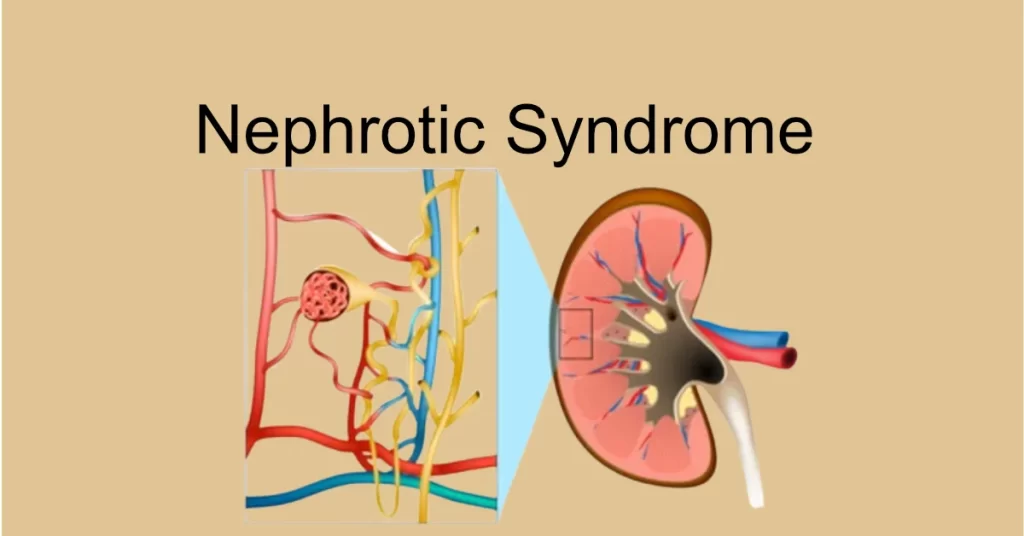Understanding Heart Failure: Causes, Symptoms, and Treatment

Heart failure is a condition that affects millions of people worldwide. This blog aims to provide a comprehensive overview of heart failure, including its definition, epidemiology, classification, causes, pathophysiology, clinical presentation, investigations, management, and prevention.
Introduction:
Heart failure is a chronic condition that occurs when the heart is unable to pump enough blood to meet the body’s needs. It affects people of all ages and can result from a variety of underlying causes. In this blog, we will explore the causes, symptoms, and treatment options for heart failure.
Definition:
An abnormality of cardiac structure or function leading to failure of the heart to deliver oxygen at a rate commensurate with the requirements of the metabolizing tissues, despite normal filling pressures (or only at the expense of increased filling pressures) OR Heart failure is a clinical syndrome characterized by the inability of the heart to pump blood adequately to meet the metabolic demands of the body. It can result from a variety of underlying causes, including coronary artery disease, hypertension, and diabetes.
Epidemiology:
Heart failure is a global public health problem, affecting approximately 26 million people worldwide. It is more prevalent in older adults, with the risk increasing with age. Men are more likely to develop heart failure than women.
Classification:
Heart failure can be classified based on the left ventricular ejection fraction (LVEF). LVEF is the percentage of blood pumped out of the left ventricle with each heartbeat. Heart failure with reduced ejection fraction (HFrEF) is characterized by an LVEF of less than 40%, while heart failure with preserved ejection fraction (HFpEF) is characterized by an LVEF of 50% or higher.
Causes
There are several underlying causes of heart failure, including coronary artery disease, hypertension, diabetes, valvular heart disease (rheumatic/connective tissue disease/degenerative) and cardiomyopathy which is divided into:
- Dilated
- Alcoholic DCM
- Post viral myocarditis
- Nutritional deficiency
- HIV
- Peripartum.
- Hypertrophic
- Restrictive-Hemochromatosis, amyloidosis, sarcoidosis
Ischemic heart disease, Congenital heart disease, others example Anaemia, DM, thyrotoxicosis, hypothyroidism, pulmonary causes, renal causes, drugs (doxorubicin)
Pathophysiology:
The pathophysiology of heart failure involves a complex interplay among various factors, including neuro-hormonal activation, inflammation, oxidative stress, and endothelial dysfunction. These factors contribute to the development of myocardial dysfunction, which impairs the heart’s ability to pump blood effectively.
Precipitants of heart failure:
Heart failure can be precipitated by various factors, including infections, electrolyte imbalances, and uncontrolled hypertension, inappropriate drugs or inadequate dosing in drug therapy, Inadequate fluid and salt restriction, Cardiac arrhythmias, anaemia, concomitant drug therapy- NSAIDs, Pregnancy, Pulmonary embolism, Myocardial infarction. Lifestyle factors, such as excessive alcohol consumption and non-adherence to medication, can also contribute to the development of heart failure.
Clinical presentation:
The clinical presentation of heart failure can vary widely, depending on the underlying cause and the severity of the condition. Common symptoms include dyspnea, fatigue, and peripheral edema. Patients may also experience cough, wheezing, and orthopnea.
Functional classification:
Heart failure can be classified according to the New York Heart Association (NYHA) functional classification system. NYHA classifies heart failure based on the patient’s symptoms and functional limitations. Class I heart failure is characterized by no symptoms, while Class IV heart failure is characterized by severe symptoms even at rest.
Investigations:
The diagnosis of heart failure is based on a combination of clinical assessment, laboratory tests, and imaging studies. Common investigations include echocardiography, electrocardiography, and cardiac biomarkers.
Management:
The management of heart failure involves a combination of lifestyle modifications, medications, and surgical interventions. Lifestyle modifications include weight loss, exercise, and smoking cessation. Medications such as diuretics, ACE inhibitors, and beta-blockers can help manage symptoms and improve outcomes. In severe cases, surgical interventions such as heart transplantation or left ventricular assist devices may be necessary.
Prevention:
Prevention of heart failure involves addressing underlying risk factors such as hypertension, diabetes, and obesity.
Lifestyle modifications such as exercise, healthy eating, and smoking cessation can also help reduce the risk of developing heart failure.
In conclusion,
heart failure is a complex condition that requires careful management and treatment. By understanding the underlying causes, clinical presentation, and treatment options, patients and healthcare providers can work together to improve outcomes and quality of life.






Responses